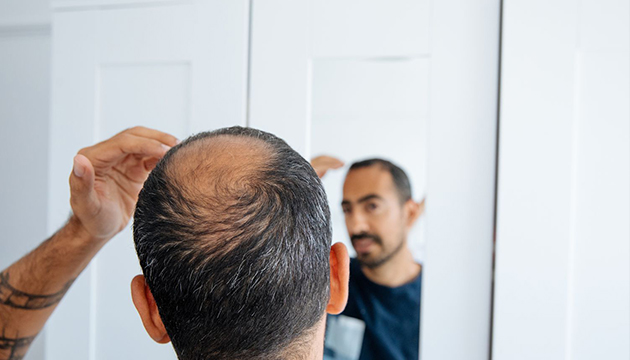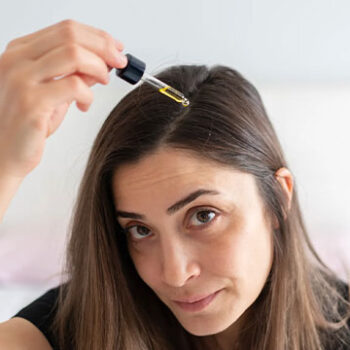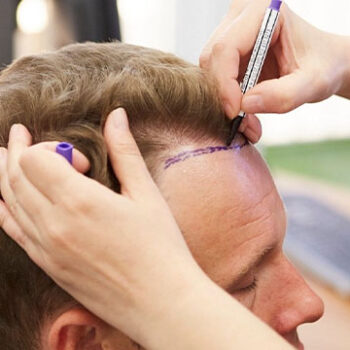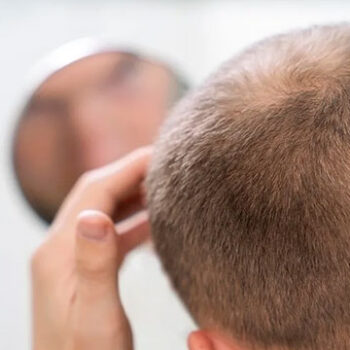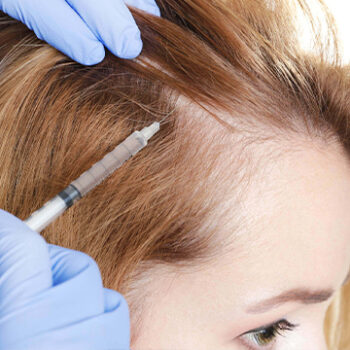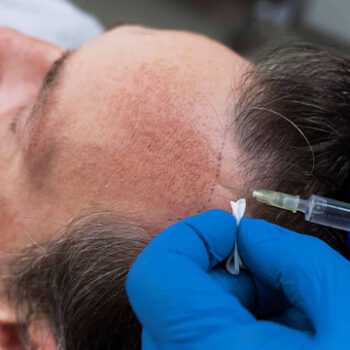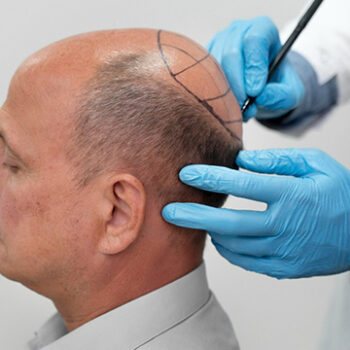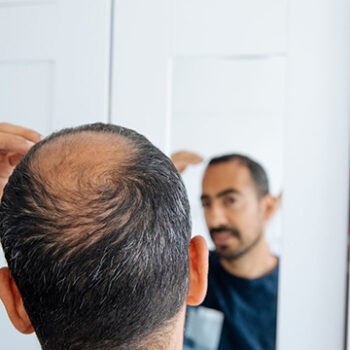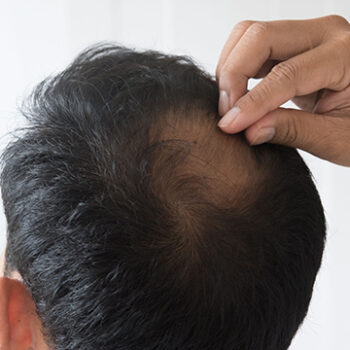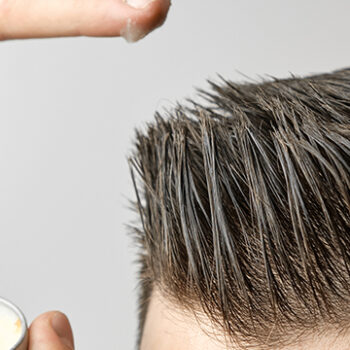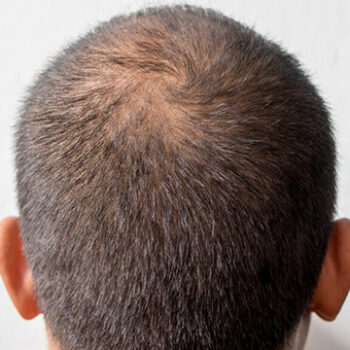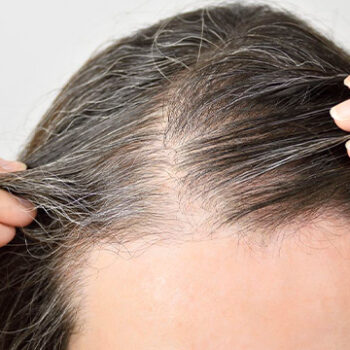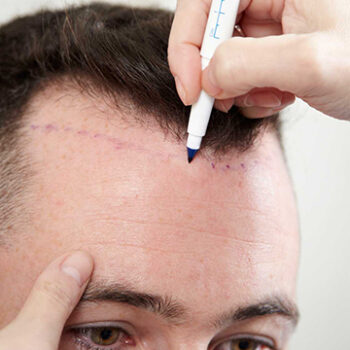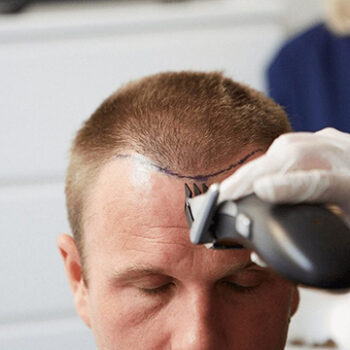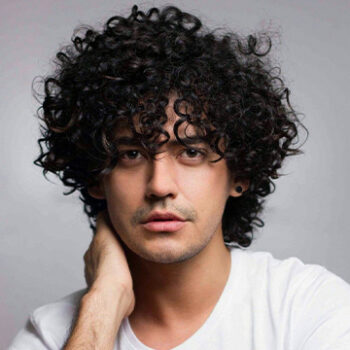One of the most critical factors determining the success of a hair transplant operation is calculating the correct graft count. The graft count directly affects the density, naturalness, and aesthetic appearance you will achieve after hair transplant. Therefore, determining the graft count according to scientific criteria is vitally important for both the success of the operation and patient satisfaction.
What Is a Graft and How Is It Calculated?
A graft is the basic unit used in hair transplantation and is a follicle group containing one or more hair strands. In natural hair growth, follicles are usually found in groups containing 1-4 hair strands. A single graft contains an average of 2-2.5 hair strands. Therefore, there is an important difference between the graft count and the total number of hair strands.
For the correct calculation of graft count, the area to be transplanted must first be precisely determined. Areas such as hairline, frontal area, mid-scalp, crown region, and when necessary, the back of the scalp are evaluated separately. Each area has its own specific density requirements, and this situation affects the total graft need.
Degree of Hair Loss and Norwood Scale
The most important factor determining graft count is the degree of the patient’s hair loss. In the assessment made using the Norwood scale, the stage of hair loss directly affects the total graft requirement. While 1000-1500 grafts may be sufficient for mild hair loss between Norwood 1-2, 4000-5000 grafts may be required for advanced losses like Norwood 6-7.
The progressive nature of hair loss should also be considered in graft count calculation. In young patients, a more conservative approach can be adopted by predicting future hair loss. This situation ensures that sufficient follicle reserves are left in the donor area for a possible second session in the future.
In female patients, the Ludwig scale, which differs from male pattern hair loss, is used. Since diffuse thinning is generally seen in women, graft count calculation is more complex and requires more detailed analysis.
Size of Transplant Area and Density Target
The size of the area to be transplanted is one of the basic parameters in determining graft count. The number of grafts per square centimeter is critically important for both natural appearance and sufficient density. 40-50 grafts per square centimeter are targeted for optimal density, but this number can vary according to the transplant area and patient expectations.
The hairline area is the most sensitive area, and 35-40 grafts per square centimeter are sufficient here for naturalness. Because excessive density in the hairline can create an artificial appearance. In the mid-scalp and crown areas, denser transplantation can be performed, and 45-55 grafts per square centimeter can be used.
The patient’s age also affects the density target. While a more conservative approach is adopted in young patients, maximum density can be targeted in older patients. This approach minimizes future hair loss risk.
Donor Area Capacity and Quality
Donor area capacity is the most limiting factor determining graft count. During donor area analysis, follicle density, hair quality, hair diameter, and elasticity are evaluated. More grafts can be taken from patients with quality donor areas, while graft count remains limited in patients with weak donor areas.
The safe zone of the donor area is generally the area between the upper ear line and the neckline. The maximum number of grafts that can be taken from this area is directly proportional to the size of the area and follicle density. From an average donor area, 3000-4000 grafts can be taken with FUE technique and 3500-4500 grafts with FUT technique.
Hair quality also affects graft count. Since thick and curly hair provides more coverage, the desired result can be achieved with fewer grafts. For fine and straight hair, more grafts may be required.
Patient’s Age and Future Planning
The patient’s age has strategic importance in determining graft count. The operation decision should be made more carefully for patients under 25 years old, and the potential for future hair loss should be considered. In young patients, a gradual approach can be preferred instead of using the entire donor capacity in a single session.
For middle-aged patients (30-45 years), both the current situation and future planning should be evaluated in a balanced way. In this age group, sufficient grafts are used for maximum effect while reserves are also left for future needs.
For patients over 45 years old, maximum results are usually targeted in a single session because the risk of future hair loss is lower. In this age group, almost the entire donor capacity can be used.
Effect of Hair Type on Graft Count
The characteristics of hair type play an important role in graft count calculation. Curly hair provides more coverage than straight hair, so the desired density can be achieved with fewer grafts. In patients with curly hair structure, the same aesthetic result can be obtained using 20-30% fewer grafts.
The contrast between hair color and skin color also affects graft requirement. Dark hair will be more prominent in light-skinned patients, so more grafts may be required. Conversely, light-colored hair in dark-skinned patients will be less prominent, so fewer grafts may be sufficient.
Hair thickness is also a critical factor. Patients with thick hair strands can achieve a fuller appearance with fewer grafts, while patients with fine hair strands require more grafts.
Effect of Technique Selection on Graft Count
The chosen hair transplant technique also affects graft count. While more grafts can be taken in a single session with the FUT technique, the number of grafts that can be taken with the FUE technique is more limited. In the DHI technique, both graft count and placement density may be limited.
With the Sapphire FUE technique, denser transplantation can be performed, so more grafts can be used in the same area. This situation can provide an advantage for patients with limited donor areas.
Robotic hair transplant systems also provide optimization in graft selection and extraction, allowing higher quality grafts to be taken. This ensures more effective use of the total graft count.
Patient Expectations and Aesthetic Goals
The patient’s aesthetic expectations play an important role in determining graft count. Patients who want a dense and full appearance may require more grafts. For patients who prefer a natural and fine appearance, fewer grafts may be sufficient.
The hair style also has an effect on graft count. For slicked-back hair styles, more density may be required in the frontal area, while for side-parted styles, more grafts can be used in the side areas.
The patient’s social and professional situation also affects expectations. Patients working in public service or frequently in social environments may want denser results.
Calculation Methods and Technology
Modern graft count calculation uses advanced technological tools. Digital imaging systems, trichoscopy devices, and simulation programs help make the most accurate calculations. These technologies allow precise measurement of both the transplant area and donor area capacity.
Computer-aided planning systems can calculate the optimal graft distribution for different areas. These systems consider factors such as hair growth direction, natural density distribution, and aesthetic proportions.
3D simulation programs allow patients to see potential results before the operation. This helps both determine realistic expectations and calculate the correct graft count.
Quality vs. Quantity Balance
In graft count determination, the balance between quality and quantity is critically important. Taking the maximum number of grafts from the donor area is not always the best approach. High-quality graft extraction and careful placement are more important than quantity.
Graft survival rate should also be considered in the calculation. If the operation is performed under optimal conditions, graft survival rates can reach 95-98%. However, if proper conditions are not provided, even high graft counts may not yield the desired results.
The placement technique also affects the effective use of grafts. Correctly angled and appropriately spaced graft placement ensures maximum benefit from each graft.

 English
English Français
Français Deutsch
Deutsch Türkçe
Türkçe 中國人
中國人